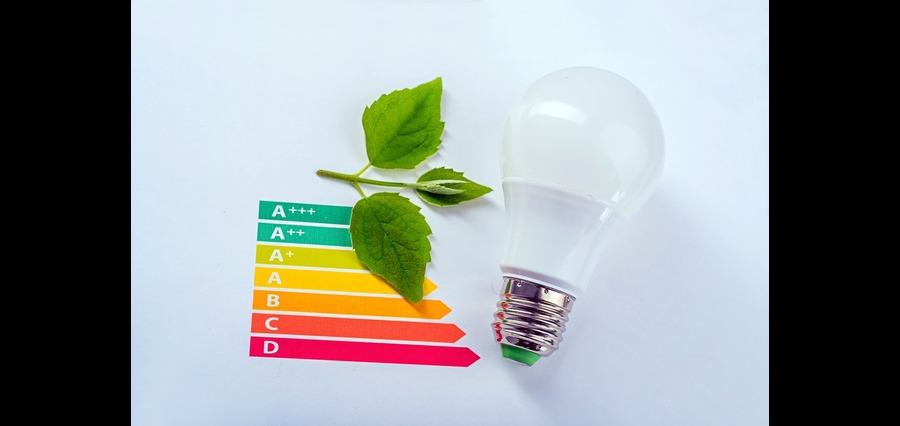Electricity is a vital resource for businesses, powering essential operations and contributing significantly to overhead costs. However, inefficient electricity usage can lead to unnecessary expenses and environmental impact. In this article, we’ll explore five practical steps that businesses can take to optimize their electricity usage, reduce costs, and minimize their carbon footprint.
- Introduction to Electricity Usage Optimization
Effectively managing electricity consumption is paramount for businesses striving to bolster their sustainability initiatives and trim operational costs. By fine-tuning their electricity usage, businesses can not only realize monetary savings but also play a part in environmental preservation. For tailored strategies and insights on optimizing electricity usage to meet sustainability goals while maintaining efficiency, businesses can turn to the expertise offered by businesselectricityprices.org.uk. Their resources and guidance can assist businesses in implementing sustainable electricity management practices that align with their specific needs and objectives.
- Conducting an Energy Audit
The first step towards improving electricity usage is conducting a comprehensive energy audit. This involves assessing current energy consumption patterns, identifying areas of high energy usage, and pinpointing opportunities for improvement. By understanding where energy is being consumed inefficiently, businesses can develop targeted strategies for optimization.
- Implementing Energy-Efficient Equipment
Upgrading to energy-efficient appliances and machinery is another effective way for businesses to reduce electricity usage. Energy-efficient equipment is designed to consume less power while maintaining optimal performance, resulting in significant cost savings over time. Additionally, businesses can leverage smart technology solutions to monitor and control energy usage remotely, further enhancing efficiency.
- Employee Training and Awareness
Employee behavior plays a significant role in electricity usage within a business. Therefore, it’s essential to provide staff with training and awareness programs focused on energy-saving practices. By educating employees about the importance of energy conservation and encouraging simple behavioral changes, such as turning off lights and equipment when not in use, businesses can achieve substantial energy savings without compromising productivity.
- Monitoring and Analyzing Data
To effectively manage electricity usage, businesses should implement systems for real-time monitoring and data analysis. By collecting and analyzing energy consumption data, businesses can identify trends, pinpoint inefficiencies, and make informed decisions about optimization strategies. Regular monitoring allows businesses to stay proactive in managing their electricity usage and quickly address any deviations from expected patterns.
Optimizing electricity usage is a multifaceted endeavor that requires a combination of strategic planning, technological investment, and employee engagement. By following the practical steps outlined in this article, businesses can not only reduce their electricity costs but also contribute to a more sustainable future.


